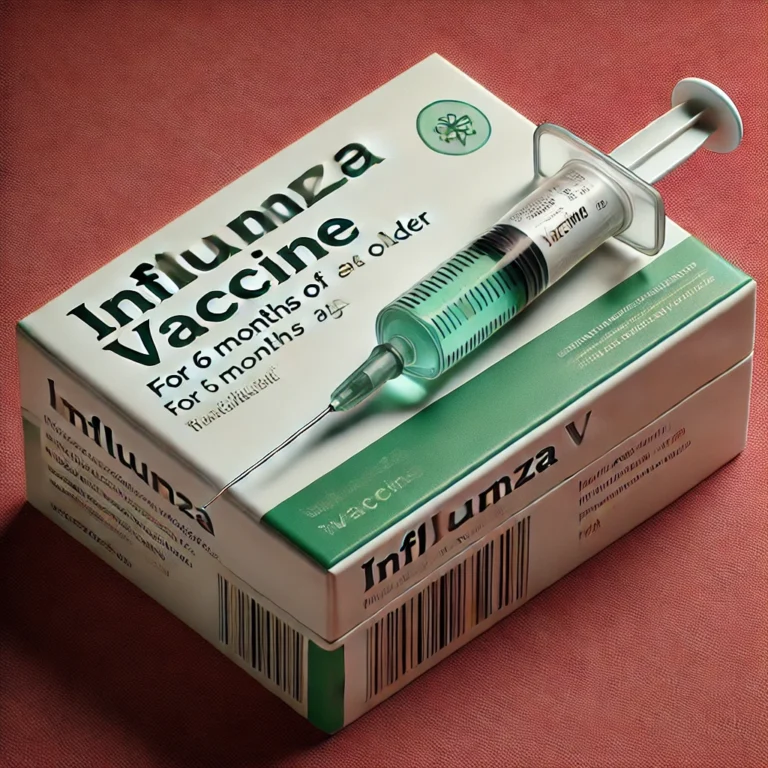Feline overpopulation is a global concern that poses significant challenges for animal welfare organizations and communities alike. Traditional methods of controlling cat populations, such as spaying and neutering, have proven effective but require invasive surgical procedures. However, recent advancements in gene therapy offer a promising alternative for feline birth control. This article explores the potential of gene therapy as a safe and efficient solution to address the issue of feline overpopulation.
Understanding Feline Overpopulation:
Feline overpopulation refers to the exponential growth of the domestic cat population, resulting in an increased number of stray, abandoned, and feral cats. It is estimated that there are hundreds of millions of stray cats worldwide, leading to various problems, including the spread of diseases, ecological imbalances, and the strain on animal shelters. Addressing this issue requires innovative approaches that prioritize both the welfare of cats and the communities they inhabit.
The Role of Spaying and Neutering:
Spaying (for females) and neutering (for males) have been the go-to methods for controlling cat populations for many years. These surgical procedures involve the removal of reproductive organs and are highly effective in preventing unwanted pregnancies. However, spaying and neutering require anesthesia, surgery, and recovery time, which can pose risks and challenges, especially for community cat management programs.
Enter Gene Therapy for Feline Birth Control:
Gene therapy, a cutting-edge field in medical research, has gained traction in recent years for its potential in treating genetic disorders and diseases. Now, researchers are exploring the possibility of utilizing gene therapy to provide a non-surgical method of feline contraception.
Gene therapy involves introducing genetic material into cells to modify their behavior or function. In the context of feline birth control, scientists are focusing on developing a gene therapy that can temporarily or permanently inhibit the fertility of cats without the need for surgery. This would allow for a more efficient and humane approach to controlling feline populations.
The Promise of Non-Surgical Sterilization:
One of the most exciting aspects of gene therapy-based feline contraception is the potential for non-surgical sterilization. By targeting specific genes or proteins involved in feline reproduction, researchers aim to develop gene therapies that can suppress or block fertility temporarily or permanently. This could be achieved by introducing modified genes that produce proteins to disrupt reproductive processes or by targeting essential reproductive genes to inhibit their function.
Benefits of Gene Therapy for Feline Birth Control:
Non-surgical approach: Gene therapy offers a non-invasive alternative to spaying and neutering, eliminating the need for surgical procedures and their associated risks.
Increased efficiency: Non-surgical sterilization through gene therapy could be more efficient and less time-consuming than traditional methods, enabling more cats to be sterilized in a shorter timeframe.
Potential reversibility: Depending on the specific approach, gene therapy-based contraception may be reversible, allowing cats to regain fertility when desired.
Cost-effective: Although gene therapy is still in the experimental stage, it has the potential to be a cost-effective solution for controlling feline populations, particularly when considering long-term savings on surgical procedures.
Conclusion:
Gene therapy holds immense promise as a non-surgical solution for feline birth control. By leveraging advancements in genetic research, scientists are striving to develop safe and effective gene therapies that can temporarily or permanently suppress feline fertility. If successful, gene therapy-based contraception could revolutionize the way we approach feline overpopulation, reducing the number of stray and abandoned cats and improving the welfare of these beloved companions. As research in this field progresses, it is crucial to support and promote innovative approaches that address the challenges of feline overpopulation.












